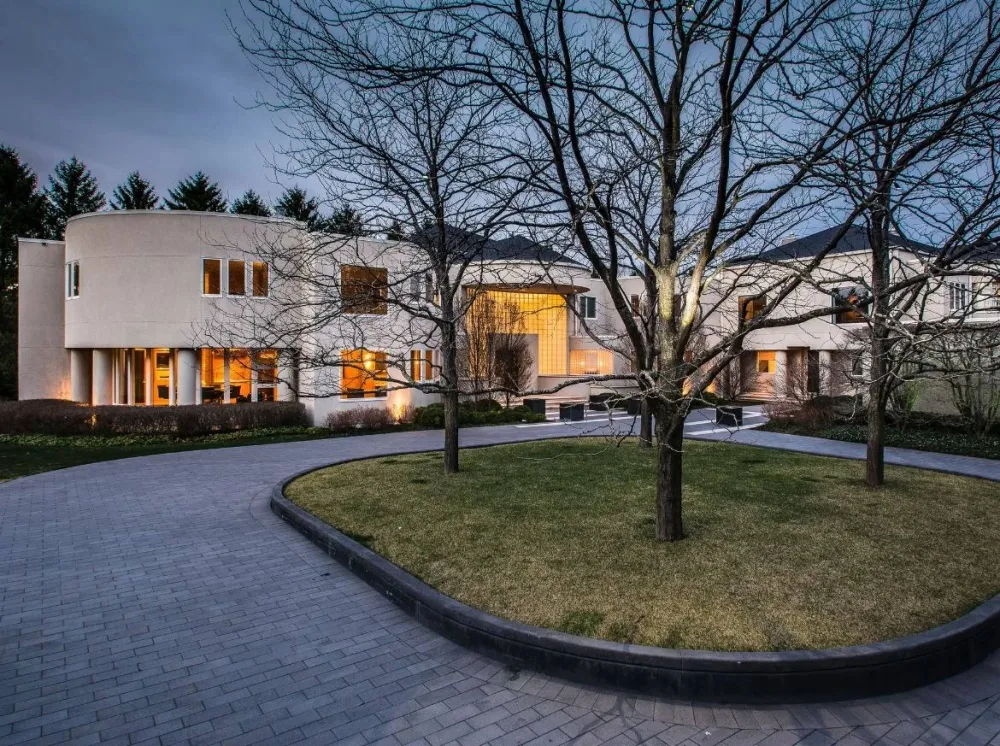The lingering question surrounding basketball legend Michael Jordan’s Chicago mansion has finally been answered, shedding light on the perplexing situation that saw the property remain unsold for more than a decade, even after a significant 50% reduction in price.
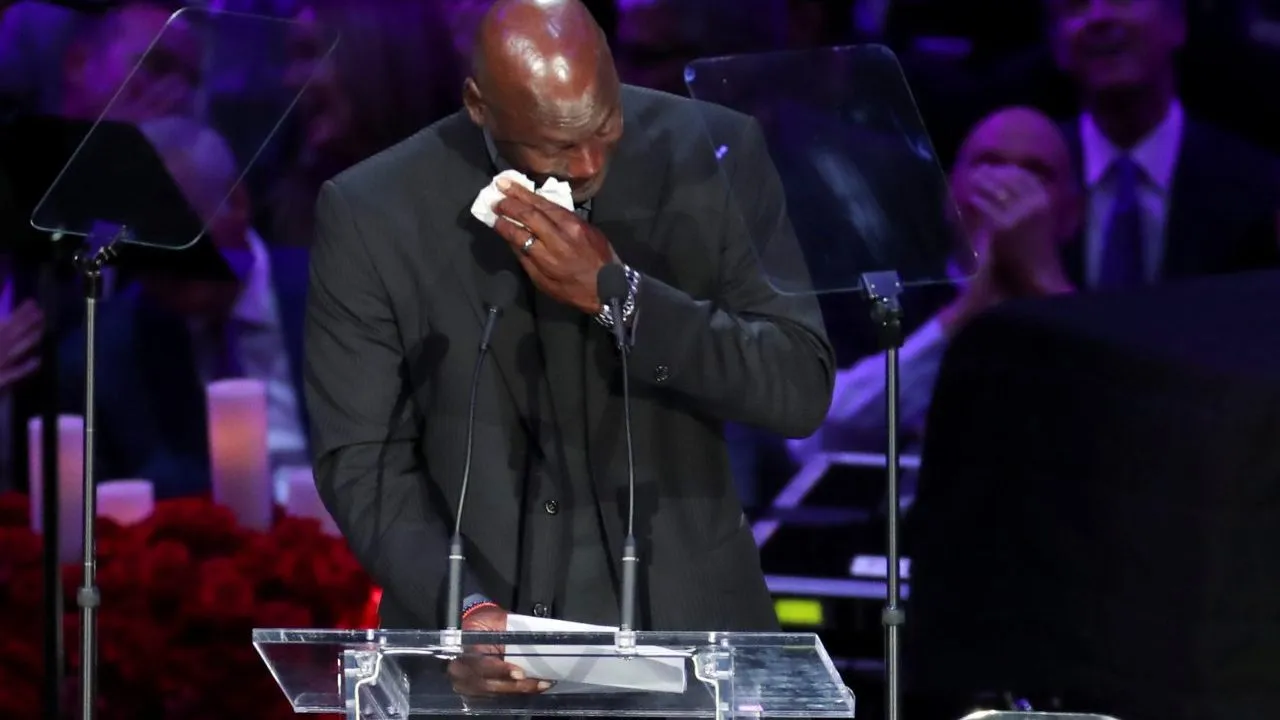
Despite its association with the iconic athlete, the mansion struggled to find a buyer, prompting speculation and curiosity in real estate circles. The revelation of the mansion’s prolonged stint on the market, even with a substantial price cut, has unveiled the intricate factors that contributed to its extended listing.
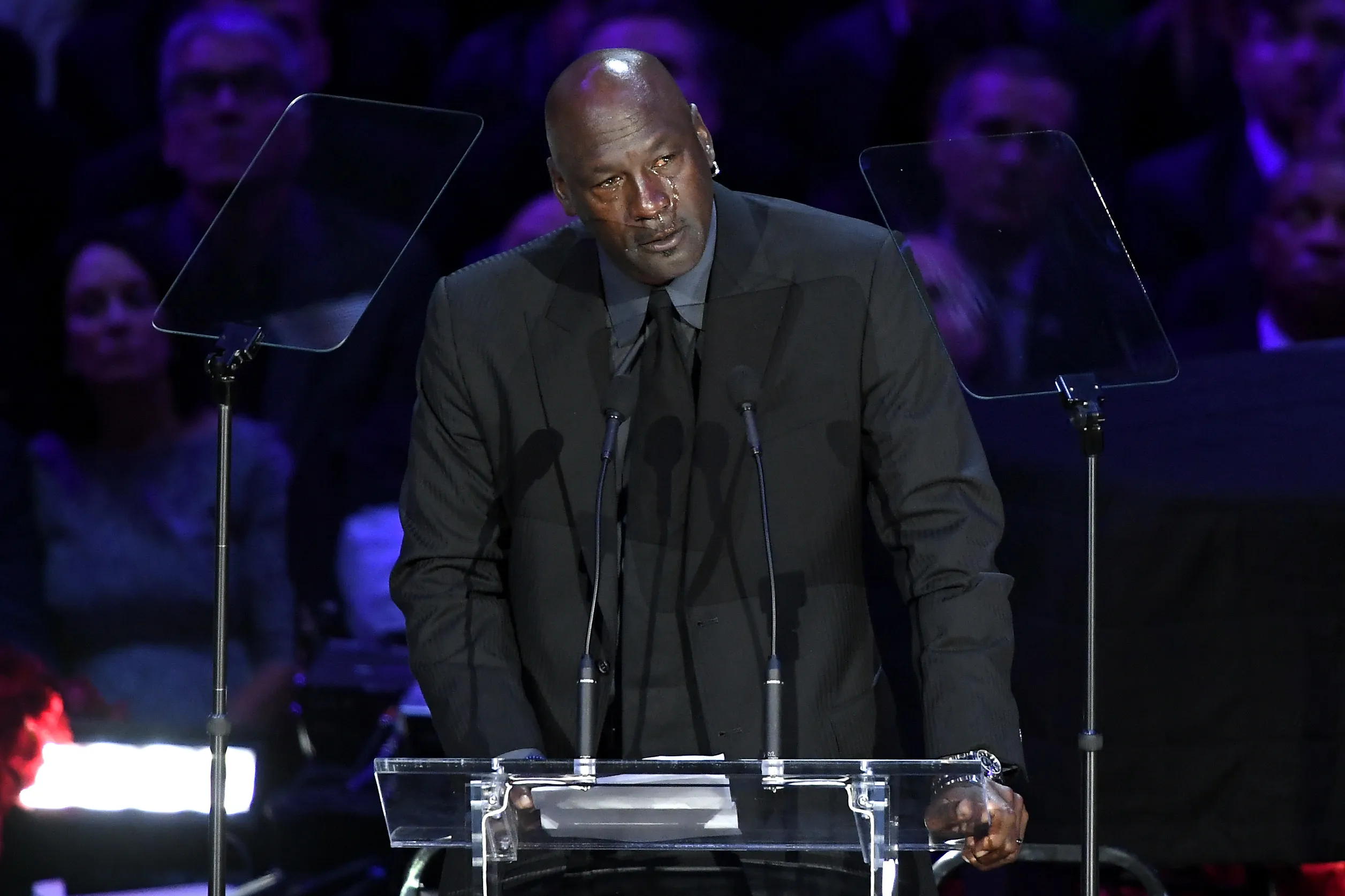
Several factors, including the property’s extravagant size, specific location, and unique features, are believed to have played a role in its prolonged market presence. The expansive mansion, boasting luxury amenities and personalized touches, may have catered to a niche market, limiting the pool of potential buyers.
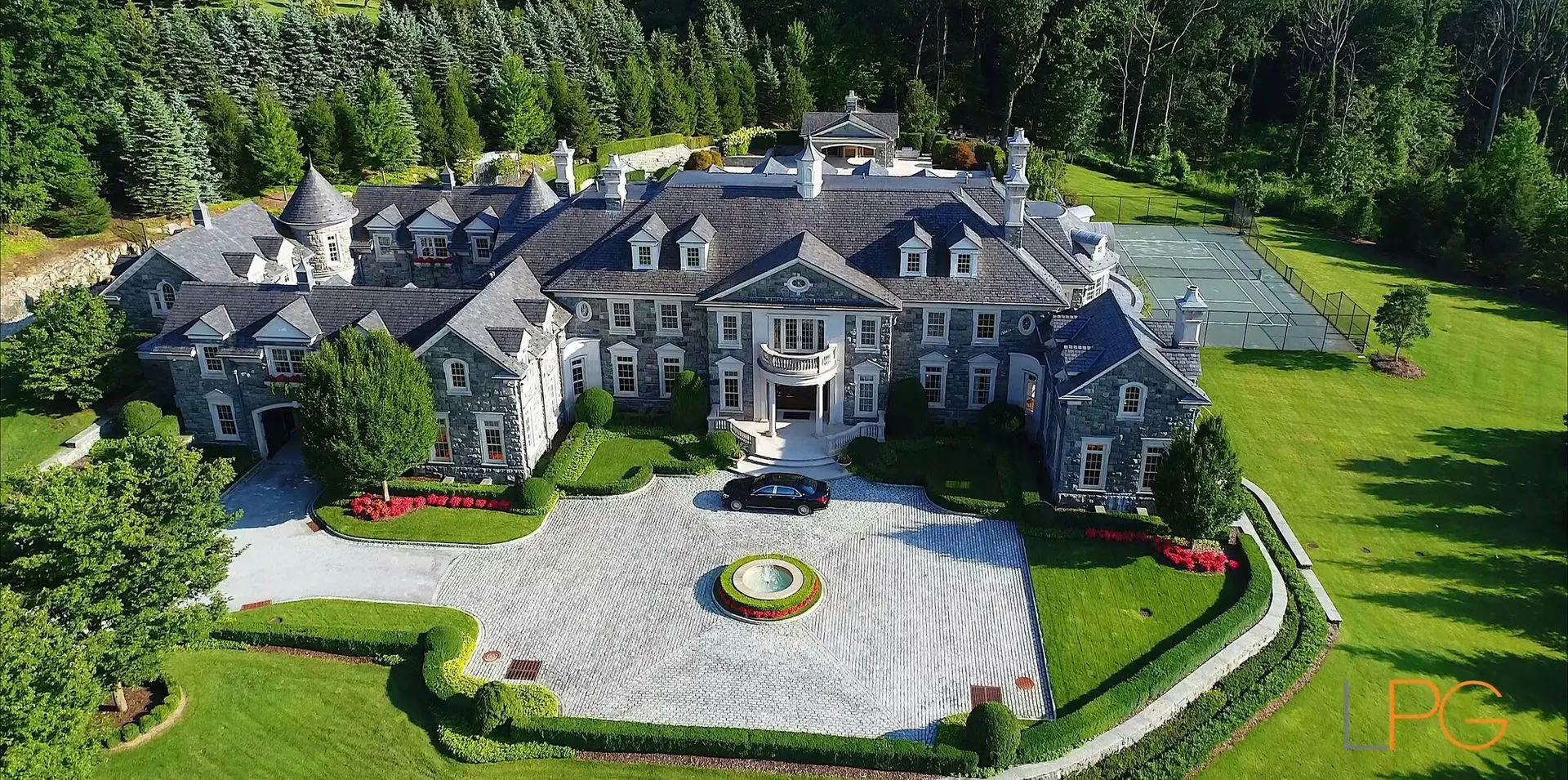
Additionally, the evolving real estate landscape and changing preferences in the housing market may have impacted the mansion’s marketability. The intricacies of the property, while appealing to some, might have posed challenges for a broader audience, contributing to the extended duration on the market.
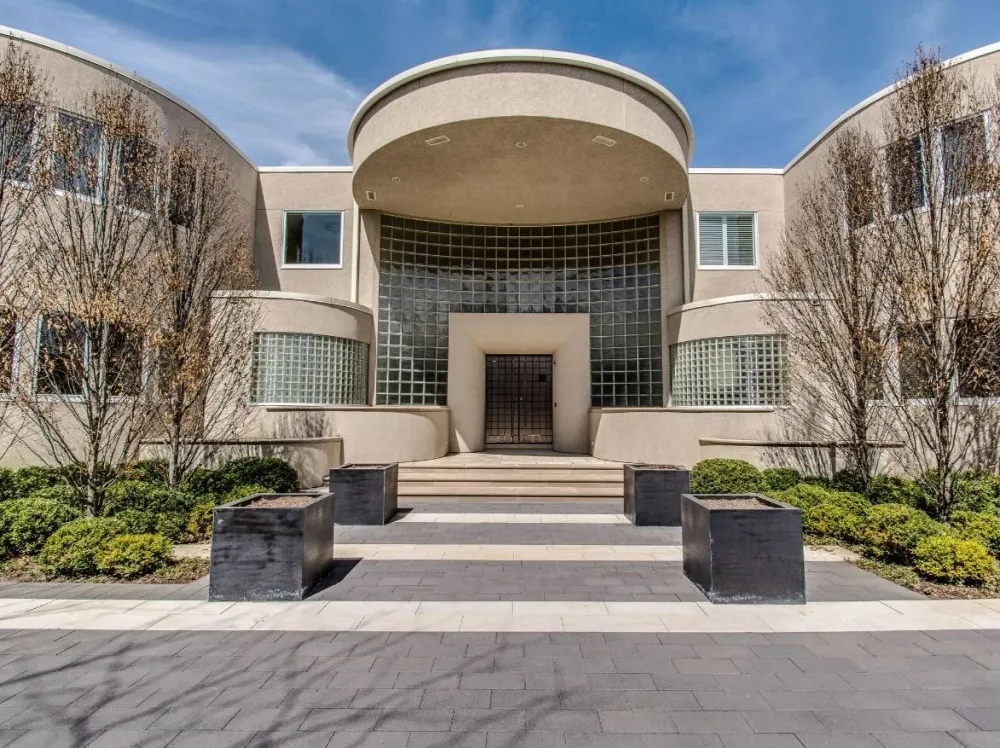
The revelation adds a layer of understanding to Michael Jordan’s struggle to sell his Chicago mansion, showcasing that even celebrity status does not guarantee swift real estate transactions.
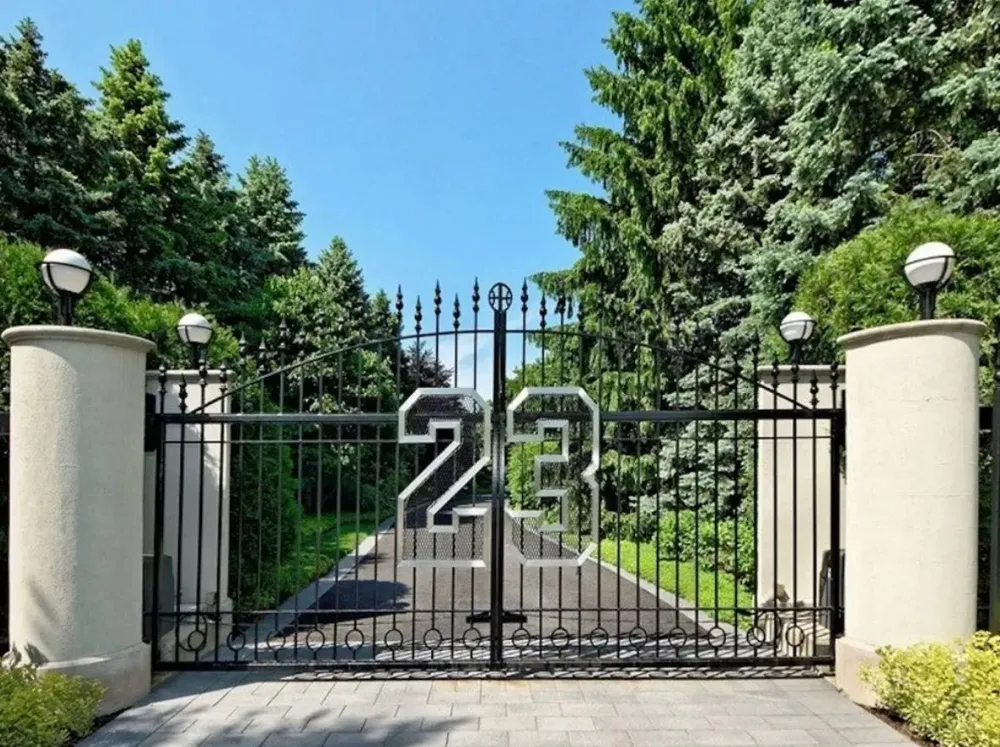
The unique characteristics of the property, coupled with market dynamics, played a crucial role in its extended listing period.
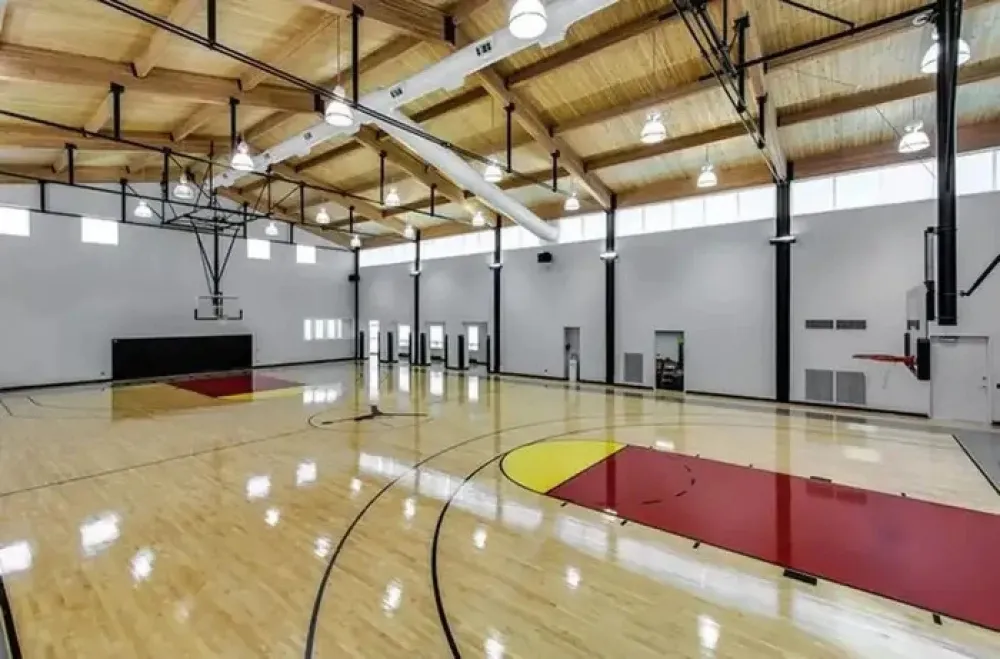
As the details emerge, the story of Michael Jordan’s unsold mansion becomes a case study in real estate, illustrating the delicate balance between property features, market trends, and buyer preferences. The eventual resolution of this real estate mystery marks the conclusion of a chapter in the legendary athlete’s off-court journey.
